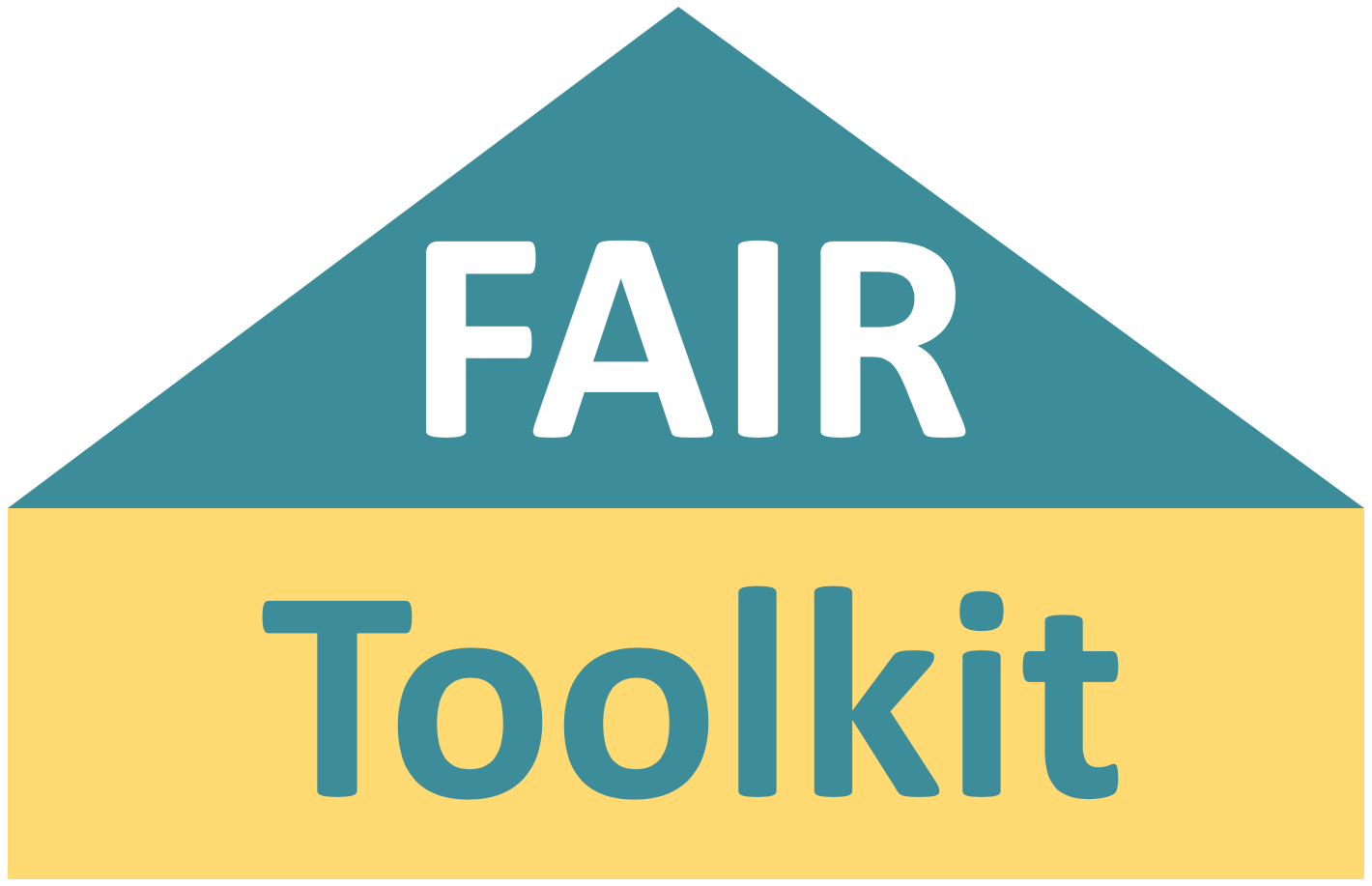Readiness for Change
Find out how the data stakeholders can prepare for the changes necessary to make data FAIR.
- Readiness for change provides the means to engage a wider group of staff throughout an organisation.
Overview
The practicalities of FAIR implementation will involve much change in the work setting of industry life science. This method describes the importance of readiness of data stakeholders to engage with changes that will be necessary for making data FAIR, being Findable, Accessible, Interoperable and Reusable [1]. It places emphasis on people rather than technology through focus on understanding how the data stakeholders are ready for change.
Change management is a collective term for all approaches to prepare, support and help individual, teams and organisations in making organisational changes. Implementation of FAIR data management by life science organisations is likely to require radical and lasting change. A managed approach to change is designed to 1) minimise resistance to change, 2) increase speed of change and 3) increase the likelihood of sustained change. Numerous books and articles on change management can be found, which include numerous models and acronyms such as 1) 8-step Process for leading change [2] and 2) ADKAR which is Awareness of the need to change, Desire to participate and support change, Knowledge of how to change, Ability to implement required skills and behaviours and Reinforcement to sustain change [3].
This method is focussed readiness to change which is likely to be critical for better data management shaped by the FAIR guidelines. Readiness of all stakeholders for the necessary changes will provide the means to engage a wider group of staff throughout an organisation.
How To
Below are a set of questions designed to understand the readiness of key stakeholders impacted by implementation of FAIR data management. These questions are accompanied by example answers to illustrate the application to FAIR data management.
Q1. What has the past experience been with change initiatives?
- Potential scepticism can be countered by clear communication of benefits, sharing workshops and early success.
Q2. Who are the key groups / people to be impacted by a change initiative?
- Scientists who collect or generate scientific data from laboratory experiments in house and external sources.
- Middle managers responsible for productivity goals.
- Senior managers for budget and strategic goals.
- External parties like technology providers, which have to adapt FAIR principles
Q3, How well do you feel the rationale for change has been communicated?
- Clearly communicate why change brings benefits to the scientists and workshops for sharing best practice.
Q4. How do relevant methods and principles fit with the strategic goals of your key groups?
- Need to show how the benefits support performance and productivity goals
Q5. Who are the key groups / people to be most resistant to a change initiative?
- Middle managers are likely to be most resistant to change. Their concern will be delivery of tactical goals.
- Scientists will be resistant if too much “red tape”. Must have easy mechanisms for implementation.
- Senior managers must provide adequate budget for data management. Important to show value of change early.
Q6. What do you see as the major risks for this change initiative?
- Implementation requires planning, education, tools and budget. An important part of “business as usual”.
- No “magical wand” after thought. Important to show early success for sustainability, to avoid “forgetfulness”.
References and Resources
- Wilkinson et al The FAIR Guiding Principles for scientific data management and stewardship. Scientific Data volume3, Article number: 160018 https://doi.org/10.1038/sdata.2016.18
- Leading Change by John P. Kotter. Copyright © 2012 by the Harvard Business Review Press ISBN-13: 978-1422186435
- ADKAR: A Model for Change in Business, Government and Our Community by Jeffrey Hiatt 2006 Prosci Learning Center Publications ISBN-13: 978-1930885509
At a Glance
Related use cases
Related methods
Setting
- Get “buy-in” from all stakeholders for the necessary changes as early as possible
Team
- Data Stewards
- Scientist collecting the data and metadata
- Management
Timing
- Early and sustained
Difficulty
- Medium to high

